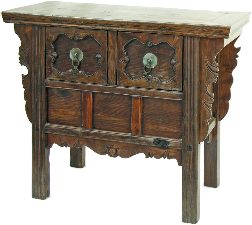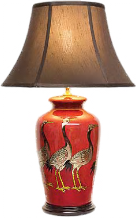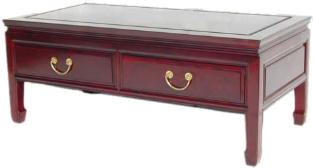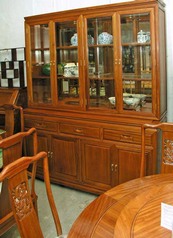
The Ingenious Joinery


The art of joinery in classic Chinese Furniture making reached its climax during the Ming and early Qing period, combining early traditions in fine cabinet making and joinery with the Ming cabinet makers knowledge of hardwoods.
The use of very dense hardwoods allowed very complicated and ingenious joints to be employed without metal fastenings or glue, these being secondary to the joinery which was the sole means of connecting different parts of the furniture, whether thick thin vertical or slanting and was judiciously devised in such a manner that a piece looks well when viewed from any angle.
To describe the joinery of the Chinese cabinet maker would take an entire website, so we have included a few examples here to help in understanding the level of skill and quality of workmanship lavished in creating each piece of furniture.
Observations from a furniture maker
“The Chinese three way mitred double locking mortice and tenon with floating panel” would horrify a furniture production engineer because of the extreme difficulty in mass producing it. The floating panel is cut from a single piece of wood usually about 9 mm in thickness and is tongued and grooved into the rails. To support it and prevent any tendency to curl, the transverse braces are dovetail grooved into the underside and then tenoned into the long rails of the frame.
This assembly is found in all panels, be they table tops door panels cabinet sides or seat frames and is characteristic of Classic Chinese cabinet construction.
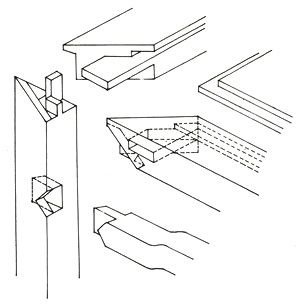

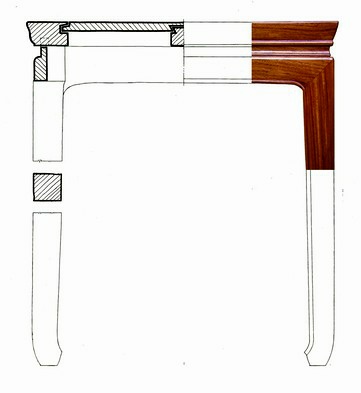

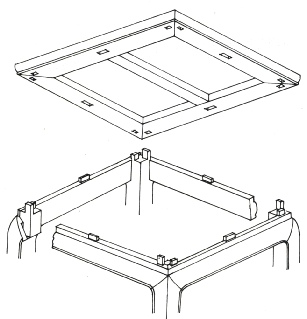



Oriental Expression
34C Industrial Estate
London Road
Pampisford (Sawston)
CAMBRIDGESHIRE
CB22 3EE
 01223 834729
01223 834729



